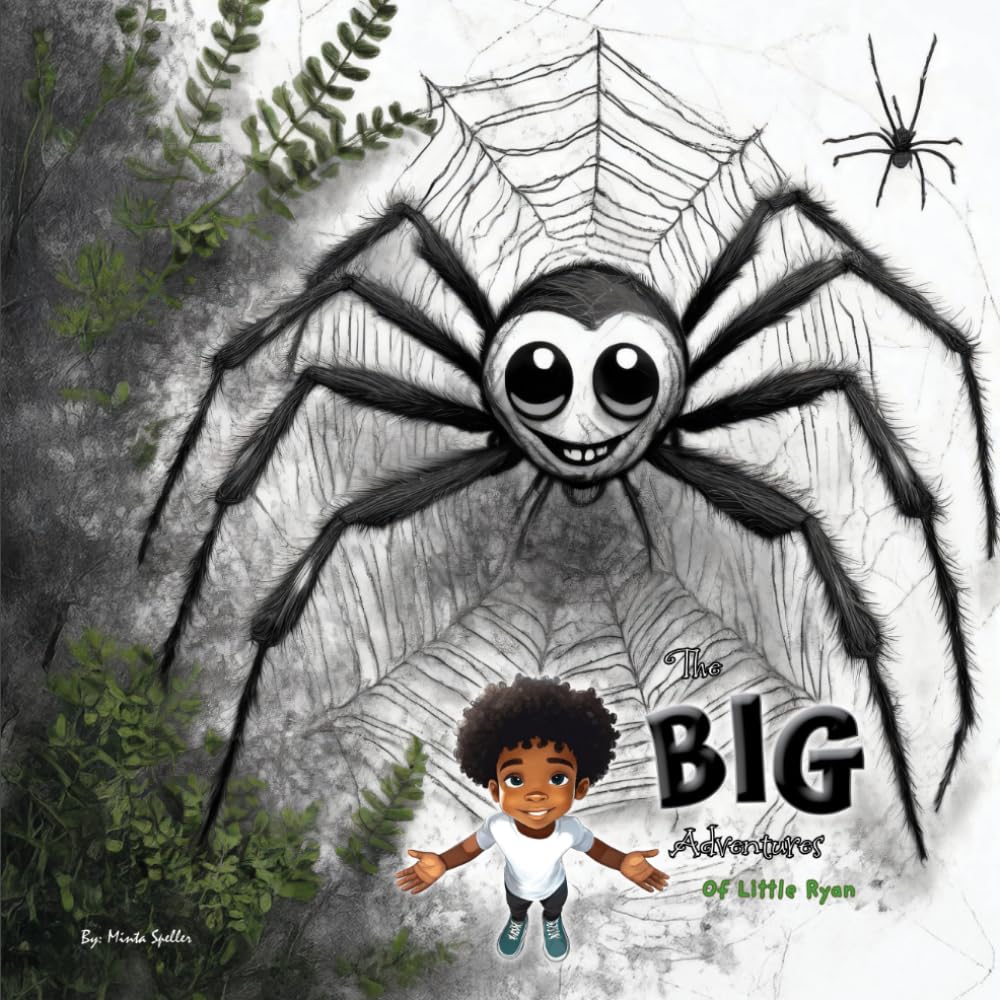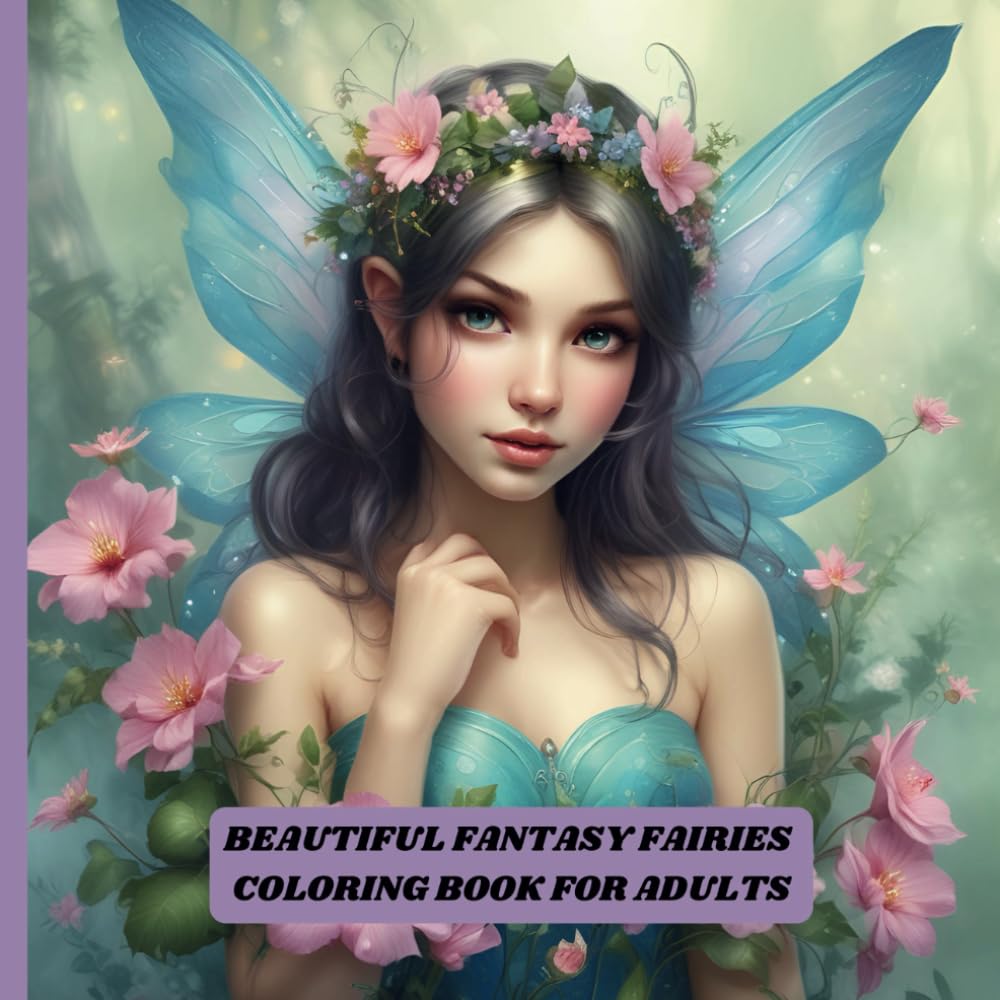Learn to identify New York trees with this handy field guide, organized by leaf type and attachment. With this famous field guide by award-winning author and naturalist Stan Tekiela, you can make tree identification simple, informative, and productive. There’s no need to look through dozens of photos of trees that don’t grow in New York. Learn about 118 species found in the state, organized by leaf type and attachment. Just look at a tree’s leaves, then go to the correct section to learn what it is. Fact-filled information contains the particulars that you want to know, while full-page photographs provide the visual detail needed for accurate identification. Book Features 118 species: Every native tree plus common non-natives - Easy to use: Thumb tabs show leaf type and attachment - Compare feature: Decide between look-alikes - Stan’s Notes: Naturalist tidbits and facts - Professional photos: Crisp, stunning full-page images This new edition includes updated photographs; expanded information; a Quick Compare section for leaves, needles, and silhouettes; and even more of Stan’s expert insights. So grab Trees of New York Field Guide for your next outing―to help ensure that you positively identify the trees that you see. Naturalist, wildlife photographer and writer Stan Tekiela is the author of more than 190 field guides, nature books, children’s books, wildlife audio CDs, puzzles and playing cards, presenting many species of birds, mammals, reptiles, amphibians, trees, wildflowers and cacti in the United States. With a Bachelor of Science degree in Natural History from the University of Minnesota and as an active professional naturalist for more than 30 years, Stan studies and photographs wildlife throughout the United States and Canada. He has received various national and regional awards for his books and photographs. Also a well-known columnist and radio personality, his syndicated column appears in more than 25 newspapers and his wildlife programs are broadcast on a number of Midwest radio stations. Colorado Spruce Picea pungens Family: Pine (Pinaceae) Height: 40-60' (12-18 m) Tree: pyramid shape, lower branches are the widest and often touch the ground Needle: single needle, 1⁄2-1" (1-2.5 cm) long, very stiff, very sharp point on the end, square in cross section, bluish green to silver blue Bark: grayish brown and flaky, becoming reddish brown and deeply furrowed with age Cone: straw-colored, 2-4" (5-10 cm) long, in clusters or single, hanging down Fruit: N/A Fall Color: N/A Origin/Age: non-native, was introduced to New York from the Rocky Mountains; 150-200 years (some can reach 600 years in some western states) Habitat: variety of soils, does best in clay and moist soils Range: throughout, planted in cities, parks, along roads and around homes Stan’s Notes: A common Christmas tree and landscaping tree that is widely planted around homes and along city streets. Naturalized now throughout New York. A victim of the Spruce Budworm and needle fungus, so it’s not planted as much anymore. Very susceptible to cytospora canker, which invades stressed trees, causing loss of branches and eventual death. Will grow in a wide variety of soils, but prefers moist and well drained. Slow growing, some living up to 600 years in the West. Needles are very sharp and square in cross section. The species name pungens is Latin for “sharp-pointed.” Also known as Blue Spruce or Silver Spruce.













